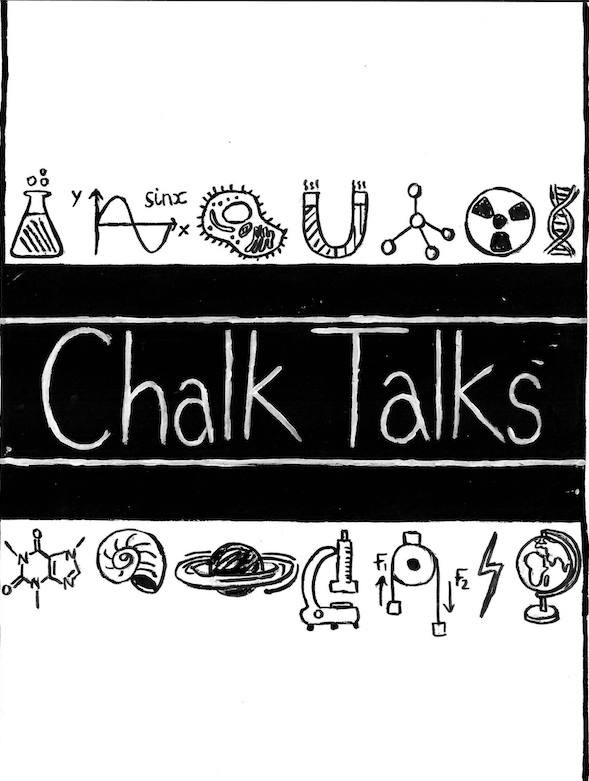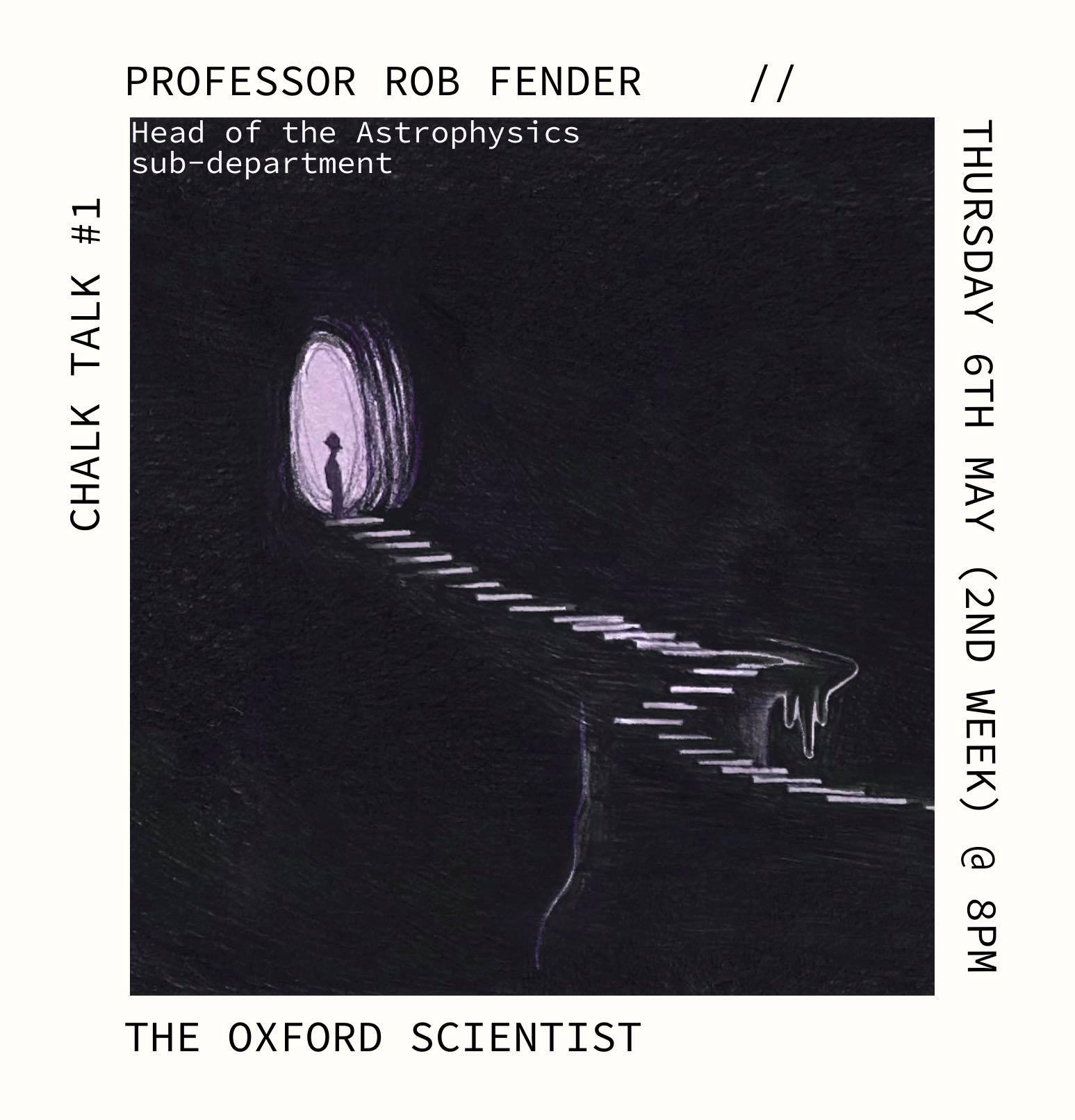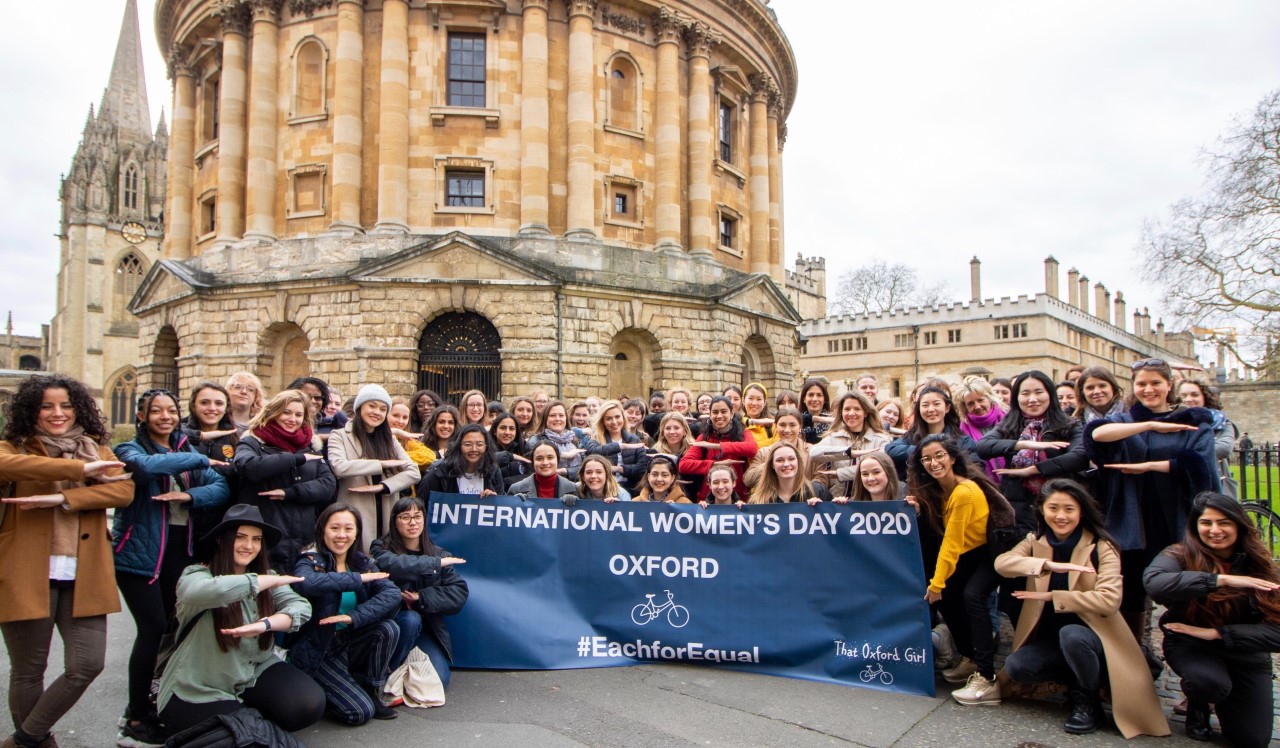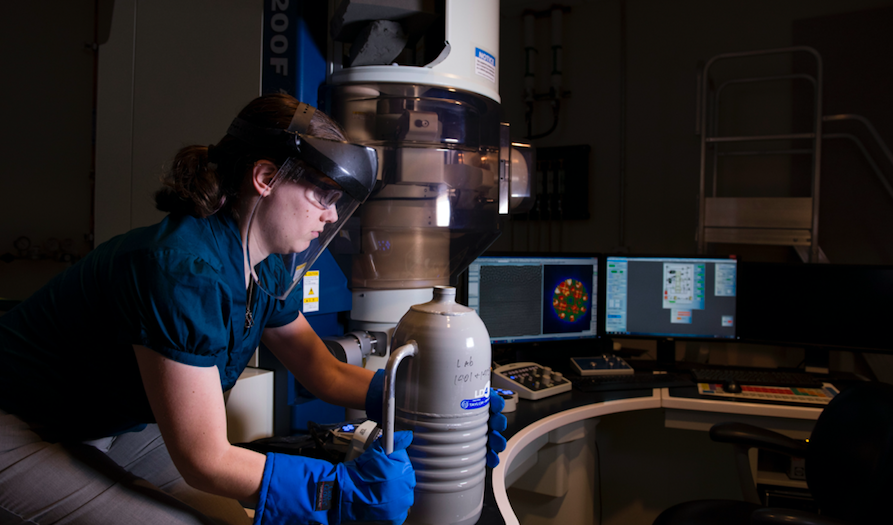Adam Suttle
Innovation in nuclear fission has been pretty much at a standstill for the past 25 years, explains Adam Suttle (2nd year Materials Scientist). Occurrences such as the Chernobyl disaster have led to a general feeling of unease around fission which has stalled a lot of progress, however, a recent initiative sparked by the Bill and Melinda Gates Foundation could lead the way to a new era of nuclear fission as an energy source.
The research the Foundation funds is focused on creating reactors which use a more stable, more common isotope of uranium than current reactors use. Uranium-238 is an isotope that constitutes around 99% of uranium (with the currently used 235U making up most of the other 1%) but, as Suttle keenly points out, this is just one of its many favourable qualities.
A lot of the stigma around nuclear energy comes from its association with nuclear weaponry, which cannot be made out of 238U. In fact, Suttle claims, power plants made with a 238U reactor core are so safe that even a plane crashing into them would not cause a nuclear disaster. This is partly due to another safety feature of the proposed “traveling wave reactors.” Instead of water, the cores are surrounded by liquid sodium. While water steams and evaporates at relatively low temperatures, the much higher boiling point of liquid sodium means it is much less likely to expand quickly and spark an explosion.
The major problem of where to store nuclear waste is also lessened by the use of 238U, as it is the main component of waste produced from current 235U reactor cores. This means that huge nuclear waste dumps would become easy access energy sources. Suttle uses the example of Paducah, Kentucky, which alone has enough 238U to power the whole United States for 125 years.
The cores themselves are also much more sustainable than current fission cores. They are self-sustaining, with no costly and dangerous changing of fuel rods. If predictions are correct, these cores could just be filled-up with fuel and left to run for up to 60 years without interference.
Suttle makes a very strong case for these fission reactors being the future of green energy. So why aren’t they everywhere already? In 2015, the Gates Foundation started a collaboration with the Chinese government to try and build a prototype “traveling wave reactor.” With a successful prototype, the way is paved to increased global funding and adoption of technology but the involvement of China has halted progress. Most early research in this field occurred in the US and recent tensions between the two nations has put the 2022 target for the prototype under threat.
When the prototype does come, Suttle admits there may be issues due to public perception of nuclear power. Even with the new safety features, past issues may lead to rejection of the technology. In the past 20 years, partly due to such fears, the percentage of energy coming from nuclear power has decreased by 7%. While other areas of green energy, such as wind and solar power, have made great breakthroughs, these aren’t yet enough to make up for even half the energy lost by decommissioning nuclear power plants.
Despite these obstacles, Suttle’s Chalk Talk ends with a hopeful tone. With more collaboration and a shift in public opinion, he believes there is a real chance to make a real positive change to the world with implementation of this innovation in nuclear fission technology.
The nuclear fission project is just a small part of the amazing work done by the Bill and Melinda Gates Foundation which contributes to many causes including delivering life-saving vaccines and working to diminish the gender pay gap. More of their work can be found at: https://www.gatesfoundation.org/

Hannah King
Hannah King (2nd year Biologist) is here to give a taste of Oxford University Nature Conservation Society. She started by asking us to imagine what Europe would have been like without human interference.
Many of us (including many scientists) would imagine this ancient Europe as a forest, but an exciting conservation technique known as rewilding has shown us that this might not be the case. The process of rewilding starts by introducing large herbivores into a large area, rather than humans creating an artificial environment and population. Research has shown that the grazing of these herbivores opens up the canopy and creates a natural, open environment that increases biodiversity.
King describes the conservation techniques of the past as like being on a treadmill. You see something that’s about to be extinct and you put all your energy in increasing that population. But as you put all your energy into the heavily endangered species, others that were previously in less peril are getting close to extinction. It’s a constant struggle to stay on the biodiversity treadmill, with the fight to catch endangered species never stopping. With rewilding, however, the species flock to the newly created environment, restoring biodiversity in a positive way rather than desperately trying to cling on to individual species.
Rewilding, King tells us, is a global phenomenon, with a range of projects in the Americas, Eurasia and even here in the UK. In the North American model, there are proposals to bring back lions and cheetahs, the kinds of species which would have inhabited those regions 13000 years ago, and for which the modern environment will potentially be more suitable, due to ever developing climate change.
In Eurasia, a great risk has been taken with rewilding and it is beginning to pay off. Large areas of permafrost in the tundra are melting, releasing greenhouse gases such as methane. In 2005, tigers, moose and other grazers were introduced to the tundra to try and counteract this problem, while increasing biodiversity. Initially, scientists knew the influx of grazers would increase gases released but over time predictions suggest the project could create a carbon sink.
Much closer to home, the Knepp Estate in West Sussex is a wonderful example of how successful rewilding can be. When the estate ran into financial difficulties in 2000, owner and successful author Isabella Tree decided that rewilding was a prime opportunity to save the estate while also doing good for the world. King enthusiastically describes the diverse population of the Knepp estate today, with its tamworth pigs, storks, rare butterflies, and more species on the estate every year.
Some controversies are still attached to the concept of rewilding. What previous ecosystems should we try and recreate through restoration? What about dangerous predators that used to inhabit places which are now close human centres of population? Should they be included in the rewilding of our landscapes? While these are legitimate questions, King is adamant that even beyond the increase in biodiversity, rewilding is something it would be great to see more of.
King talks of untapped potential – schools of thought and approaches to rewilding that are yet to be tried and could have enormous benefits.
In addition, rewilding has the unique appeal of really getting the general public involved and aware of the conservation progress. The Knepp Estate, for example, hosts safaris and camping experiences but also has footpaths for any member of the public to wander along and marvel at the nature on show.
The estate has no natural predators for the many grazers that live there; this means culling is necessary, and legally the estate is not able to leave the carcasses to rot (despite the nutrients this would feed back into the system). Consequently, the Knepp Estate is able to sell extremely free-range meat, with a negligible carbon footprint.
What King admires most about rewilding is its inherent wildness. Instead of the micromanagement that many conservation methods require, the role of the people involved becomes more like a stewardship. After the introduction of the grazers, although help is on hand if necessary, very little (if any) human intervention is needed to conduct a successful rewilding program.
King finishes with a quote that perfectly captures the essence and importance of rewilding. “We have come to see ourselves as lords and masters of the Earth, entitled to plunder her at will. The sickness evident in the soil, in the water, in the air and in all forms of life are symptoms that reflect the violence present in our hearts. We have forgotten that we ourselves are dust of the Earth; that we breathe her air and receive life from her waters.” – Encyclical from Pope Francis 2015.

Hannah King is the IT Secretary for Oxford University Nature Conservation Society. If you enjoyed reading about this talk, you can find more of their excellent and interesting work at www.ouncs.org





